Space
Due to the special adversities of the working environment, the application field of space travel has particularly high needs and requirements for telematics technologies. Here, the Zentrum fuer Telematik e.V. is concerned with the remote control of exploration robots and the application of small satellites in swarms. In cooperation with the University of Wuerzburg, the Center operates its own small satellites. Swarms of small satellites open up the potential for a paradigm shift from large, expensive satellites to swarms of distributed, low-cost standard satellites, so that a much faster and more flexible realization of satellite missions becomes possible. Many of the methods and techniques developed for space travel can also be transferred to industry.
Similar to the paradigm shift in data processing in the last 30 years from traditional mainframe computers to distributed, small computers connected via the Internet or even smartphones in the cloud, a similar upheaval is expected in satellite technology. Consequently, the ZfT focuses its work on miniaturization as well as on cooperating satellite formations. The power of highly integrated electronics enables the construction of much smaller satellites without compromising performance. Thus, professional mini-satellites today offer several years of operational operation and a very high alignment accuracy of the attitude control system, so that they can be optimally adapted to the requirements of the payload in order to achieve the lowest possible overall costs.
The faster integration and in-orbit placement of micro-satellites allows much faster innovation cycles. Combined with suitable approaches to the use of commercial components, this results in an enormous increase in efficiency. This opens up new fields of application, especially in the field of earth observation and communication. Images of the earth’s surface every 10 minutes or a global, secure communication link in real time are currently being implemented. The ZfT spin-off “S4 -Smart Small Satellite Systems GmbH” has been established in order to contribute the technologies developed in this booming market.
Since its foundation, the Centre for Telematics has been one of the European pioneers in the field of microsatellite formations. Today, the Center for Telematics is regarded as a nationally leading research institute in this field due to many research projects and the many years of experience of its staff. This is demonstrated by several lighthouse projects coordinated by ZfT in the international field. The advanced technologies developed for use in space offer excellent spin-off potentials for applications on earth:
- high-security systems: guarantee reliable operation despite faults
- highly miniaturized systems: are relevant for mobile applications
- telematic systems: Remote maintenance and remote diagnosis enable efficient repair of malfunctions and defects in industrial applications
Topics
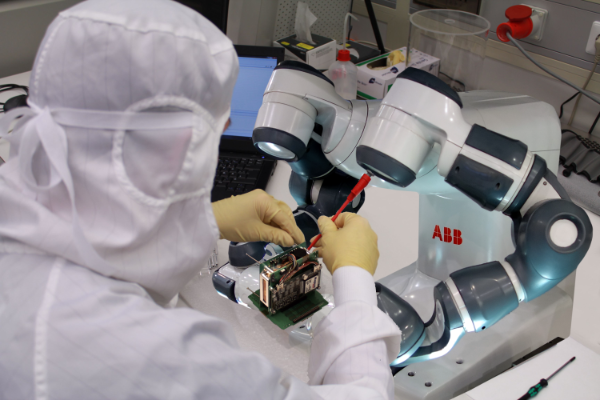
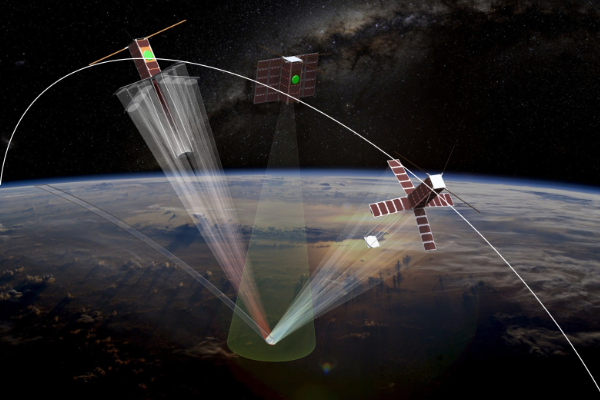
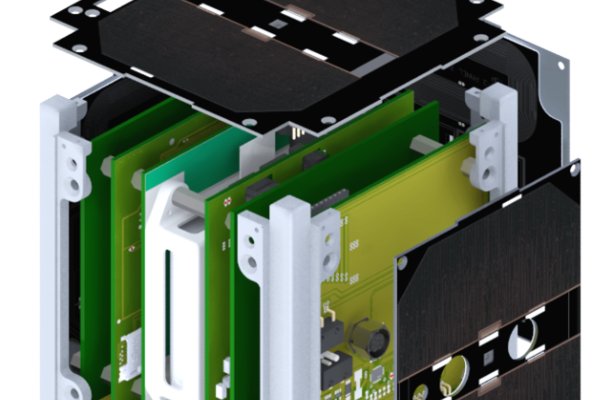
Projects
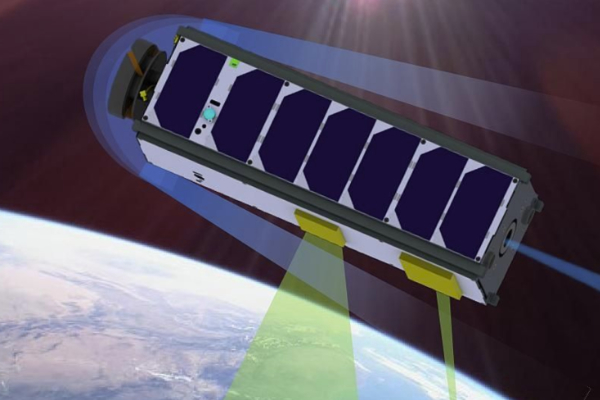
LoLaSat - Very low latency satellite communication system
LoLaSat aims at enabling satellite communication systems in 200 km to 300 km orbits for applications requiring a very low latency of less than 10 ms. The activity covers payload and platform development, manufacturing and six months of operations to characterise the orbital environment and test the functionality, versatility and performance of the communication link in this orbital range.
Read more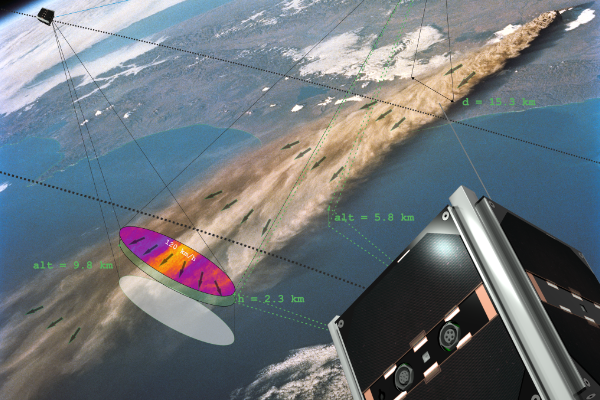
TIM & TOM
The Telematics International Mission (TIM) is a multinational project to combine several nanosatellite missions in an international formation/constellation with the goal of enabling different photogrammetric earth observations with small satellites. For this purpose, the satellites simultaneously observe certain target points on the earth from different angles. From this, 3D models of the observed sceneries can be generated.
Read more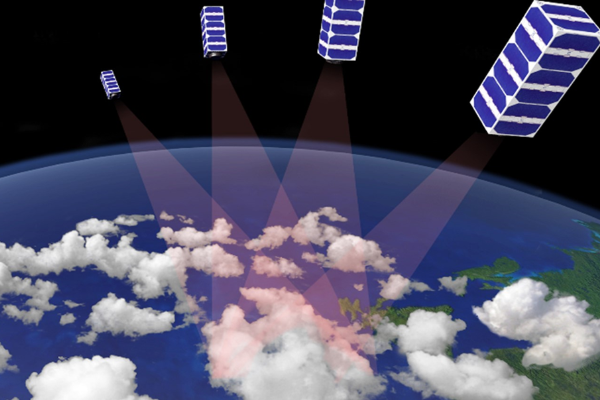
CloudCT - Using computer tomography to look inside the clouds
Enabled by the interaction of ten nanosatellites, which are to be developed and operated in space within the project, algorithms of medical computer tomography are used to obtain a better image of small cloud fields. The aim is to better understand and model the influence of clouds on climate.
Read more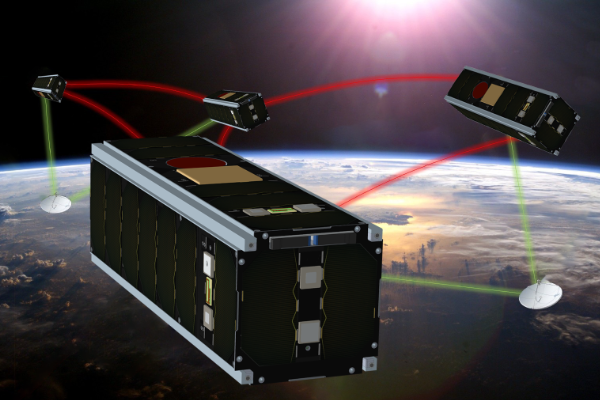
NetSat - Pioneering Research in Formation Control
NetSat is to demonstrate for the first time the self-organization of several satellites in three-dimensional space within the framework of a formation in orbit. To this end, important new technologies for formation control and coordination are being researched.
Read more
CubeGrav
Cube-satellite networks for geodetic Earth observation on the example of gravity field retrieval.
Read more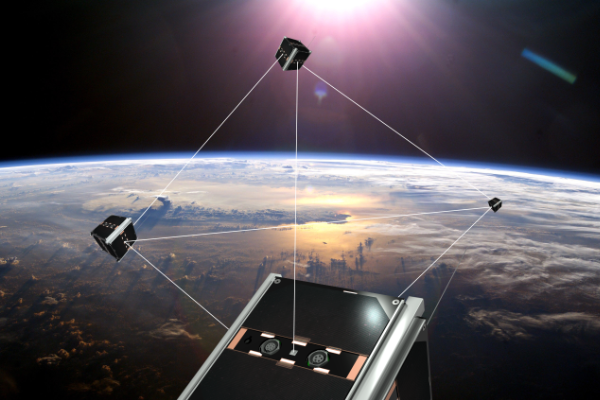
ForTe
The aim of the ForTe project is to launch and operate a network of four micro-satellites into orbit. This will enable and conduct experiments on formation control and inter-satellite communication. These experiments will provide important data to optimize future Internet of Space applications.
Read more
SpaceFactory 4.0 - Space factory for small satellites
A swarm of small satellites - manufactured from standard components - in a space factory - and ready for operation within one month after receipt of order! Impossible? We do not believe so! It is generally expected that one day we will produce satellites outside the earth. The question is not if, but when. This question is the starting point of the joint project Space Factory 4.0, which is funded by the German Aerospace Center (DLR) and the Federal Ministry of Economics and Energy (BMWi).
Read more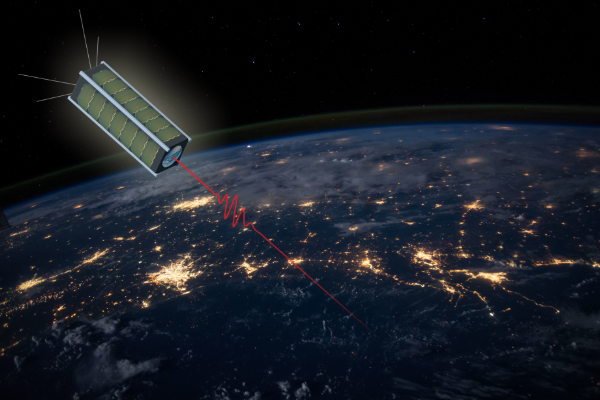
QUBE - Secure communication using quantum encryption
Data transfers via conventional systems always guarantee the risk of unwanted monitoring. Even encrypted transmissions generally allow them to be intercepted and decrypted unnoticed. The situation is different with quantum encryption, where secure communication channels are created that offer robust protection against interception.
Read more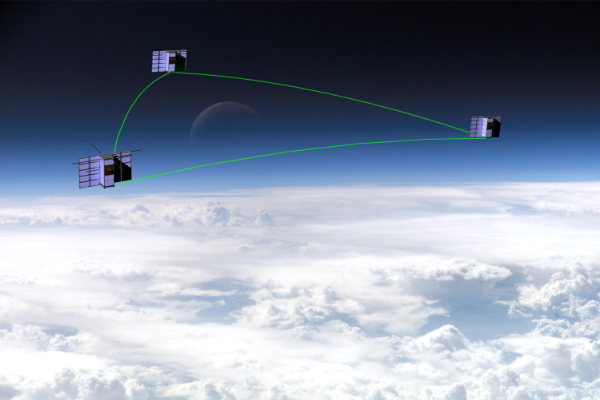
YETE2
With the YETE2/SIW technology, physically distributed systems are designed and implemented in a way never achieved before. For the data management system, including control, there will be no physical boundaries between the individuals involved. All together form a collective, a single system consisting of components in both the space segment and the ground segment. Based on this, there will then be a global control system and a global data management system.
Read more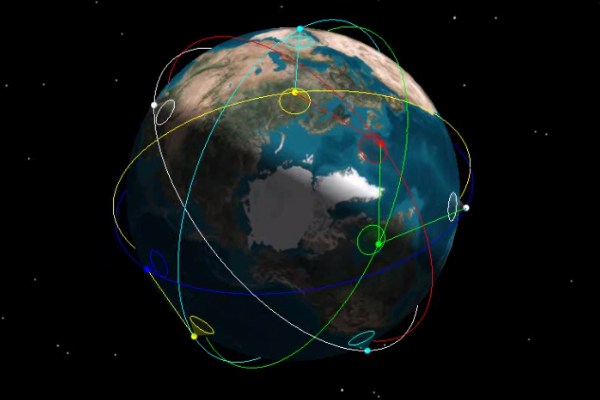
NaKoFo-Study
In the past, the great potential of small satellites and clusters of small satellites has already been identified and demonstrated several times. Nevertheless, satellite swarms and their coordination make high technological demands.
Read more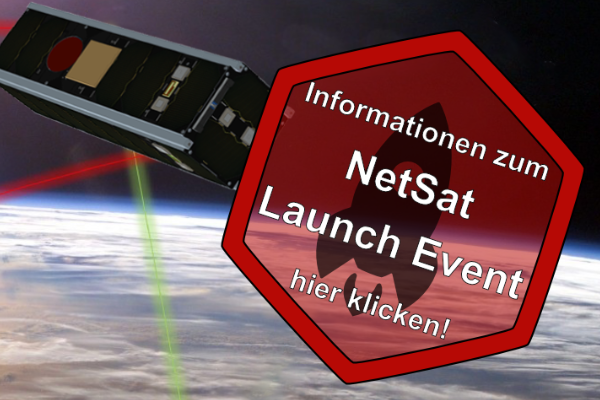
NetSat-Launch Event
Here you will find all information about the launch of our four Netsat satellites.
Read more





